Characteristics of Certain Types of Yoga and Who They Suit

Regardless of the form of exercise you choose, it should align with the expectations and needs of your own body.
You probably want to participate in a yoga class, but as you visualize the program, you realize that you’re not sure which class to choose and which exercise variation would be suitable for you. Through this material, I aim to provide some clarifications about several styles of yoga to facilitate the selection of a practice that is appropriate for your body, mind, and soul.
Ashtanga Led class
If you are an energetic person, if you feel that your mind is always active and find it difficult to calm your thoughts, if you want to increase your body’s endurance, if you enjoy the challenges that this sequence can bring, and if you desire an equally energetic practice, then Ashtanga Led class is definitely the style you should try.
This class is like a sequence of dance steps that once learned, need to be repeated to perfect your movements. Ashtanga Led follows the same sequence of asanas in a specific order. No matter where in the world you are and choose to attend a class of this kind, yoga instructors will respect the style and order of the postures.
Ashtanga Led class consists of six series that emphasize physical, mental, and emotional detoxification. Each asana is held for five Ujay breaths. Ujay breath is characteristic of this practice and helps you keep your attention focused on your body while regulating the rhythm of your breath, making it easier for you to follow the dynamics of the class.
You need physical stamina to sustain this practice and complete it, especially if you are a beginner.


![]() Hatha Yoga class
Hatha Yoga class
The term Hatha yoga given to a class can mean any dynamic of the respective practice since Hatha yoga is the general description of a concept that encompasses: Shatkarme, Asanas, Pranayama, Bandhas, Mudras.
Hatha yoga is the concept that first included physical activity through asanas. Swami Swatmaram discovered that not everyone can have control over mental modifications, and for the majority of people, it is easier to enter their own minds through the body.
Vinyasa Flow
This style of yoga has its roots in Ashtanga practice. The semantics of the word Ashtanga means “arranging something in a certain way,” such as the yoga postures. During Vinyasa yoga classes, the gaze is coordinated with the breath and movement to transition from one posture to another. Usually, an advanced posture is chosen to represent the “peak” of the class, and the entire class is structured in such a way that you can access the chosen advanced posture more easily as the “peak” of the class. This style of yoga includes various class names (back extension, hip opening, inversions, forward bends), referring to the body segments or areas that will be emphasized or worked on during the routine.
Yin Yoga
Yin yoga is a relatively new concept that was developed in the Western world in 1970. Yin yoga classes target the stretching of the connective tissue found between muscle layers, as well as the stretching of the fascia, which is present throughout the body. The purpose of the practice is to increase circulation to the joints, improve joint mobility, and work on the body’s bone structure and joints.
By releasing tension in the body, the breath (prana), which constitutes vital energy, is activated, and the body gently replenishes its energy reserves. Another specific characteristic of this practice is that it works gently on the body, and each posture is held for three to five minutes, allowing the stretching action to penetrate deeply into the targeted areas.

Bikram yoga
This style originated from Bikram Choudhury’s recovery from a knee condition by practicing the 26 postures included in this dynamic and the two specific breathing exercises. This style of yoga is conducted in a heated room at temperatures between 35-42 degrees Celsius with 40% humidity.
The sequence remains the same no matter where in the world you go to practice it.


Ana Werczberger
"Ana Werczberger si-a dedicat cu entuziasm zece ani din viata lantului de fitness World Class ca antrenor personal si instructor de body&mind. Fiind atrasa de yoga în urma cu sapte ani a început sa practice stilul Ashtanga urmând apoi o specializare în Power Yoga - o forma de yoga, care pune accentul mai mult pe lucrul asupra corpului fizic. Practicând Power Yoga curiozitatea a crescut si totodata a determinat-o sa îsi doreasca cunoasterea mai în profunzime a propriului eu - minte si suflet. Astfel în urma cu cinci ani a fost atrasa de Nlp Rezonans, urmat de Reiki si apoi Theta Healing. www.yoga-academy.ro Experimentând aceste tehnici Ana si-a dorit sa aprofundeze studiul yoga, propunându-si sa plece în India pentru formare si experienta. În final a reusit “sa aduca India în România” prin înfiintarea YAR - Yoga Academy România - împreuna cu alte doua persoane dragi ei si având ca mentor un profesor din Risikes - capitala Yoga. În perceptia Anei corpul lucreaza împreuna cu sufletul si mintea, astfel abordarea ei este complexa integrând cele trei planuri. "
Recent Posts
Related Articles
CrossFit exercises practiced outdoors or at home
Concentration and discipline are indispensable for succeeding in any training program, regardless...
July 27, 2023Health guide for “ageless” women
Discover the Benefits of Physical Exercise and the Best Types of Training...
July 27, 2023Home-Based Pregnancy Workout in Comfort
The Benefits of Prenatal Home Workout The way we interact with people...
July 10, 2023Supplementation with Vitamins and Minerals
Essential nutrients for the body The macronutrients and micronutrients are essential for...
July 10, 2023



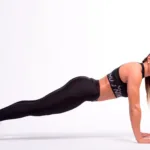



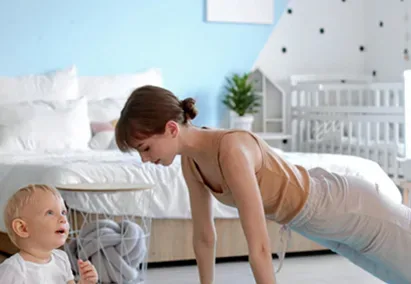



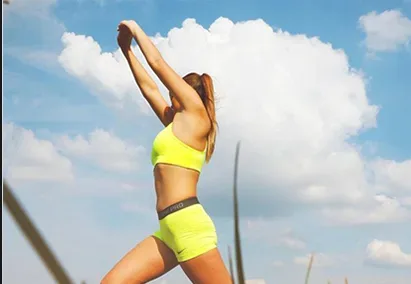



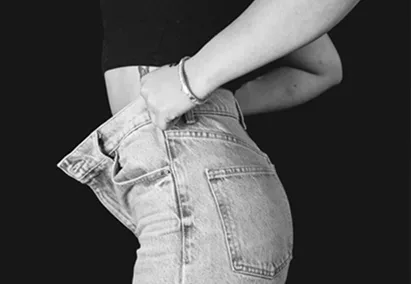




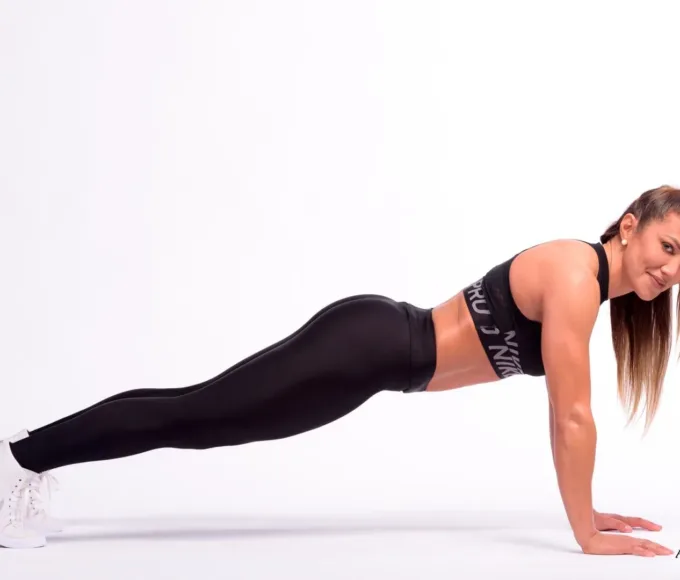



Leave a comment